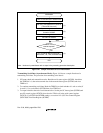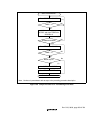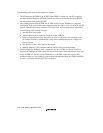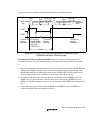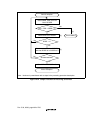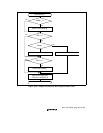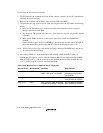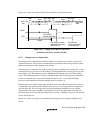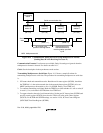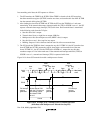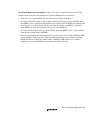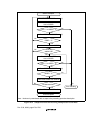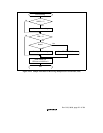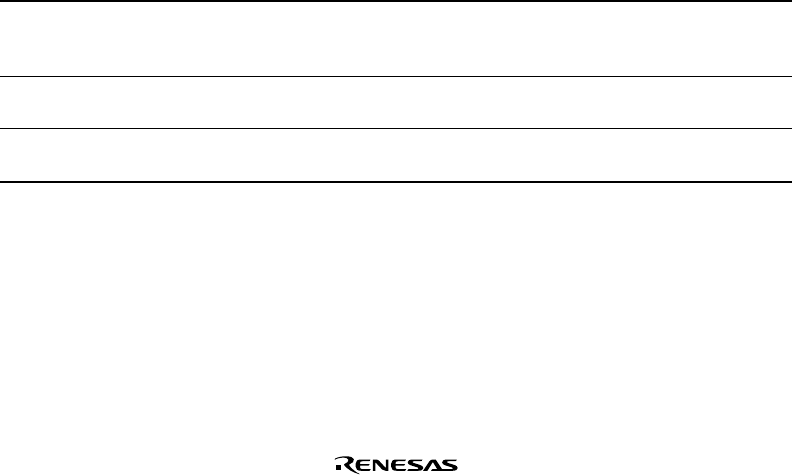
Rev. 5.00, 09/03, page 464 of 760
In receiving, the SCI operates as follows:
1. The SCI monitors the communication line. When it detects a start bit (0), the SCI synchronizes
internally and starts receiving.
2. Receive data is shifted into SCRSR in order from the LSB to the MSB.
3. The parity bit and stop bit are received. After receiving these bits, the SCI makes the following
checks:
a. Parity check: The number of 1s in the receive data must match the even or odd parity
setting of the O/E bit in SCSMR.
b. Stop bit check: The stop bit value must be 1. If there are two stop bits, only the first stop bit
is checked.
c. Status check: RDRF must be 0 so that receive data can be loaded from SCRSR into
SCRDR.
If these checks all pass, the SCI sets RDRF to 1 and stores the received data in SCRDR. If
one of the checks fails (receive error), the SCI operates as indicated in table 14.12.
Note: When a receive error flag is set, further receiving is disabled. The RDRF bit is not set to 1.
Be sure to clear the error flags.
4. After setting RDRF to 1, if the receive-data-full interrupt enable bit (RIE) is set to 1 in
SCSCR, the SCI requests a receive-data-full interrupt (RXI). If one of the error flags (ORER,
PER, or FER) is set to 1 and the receive-data-full interrupt enable bit (RIE) in SCSCR is also
set to 1, the SCI requests a receive-error interrupt (ERI).
Table 14.12 Receive Error Conditions and SCI Operation
Receive Error Abbreviation Condition Data Transfer
Overrun error ORER Receiving of next data ends while
RDRF is still set to 1 in SCSSR
Receive data not
transferred from SCRSR
into SCRDR
Framing error FER Stop bit is 0 Receive data transferred
from SCRSR into SCRDR
Parity error PER Parity of receive data differs from
even/odd parity setting in SCSMR
Receive data transferred
from SCRSR into SCRDR





